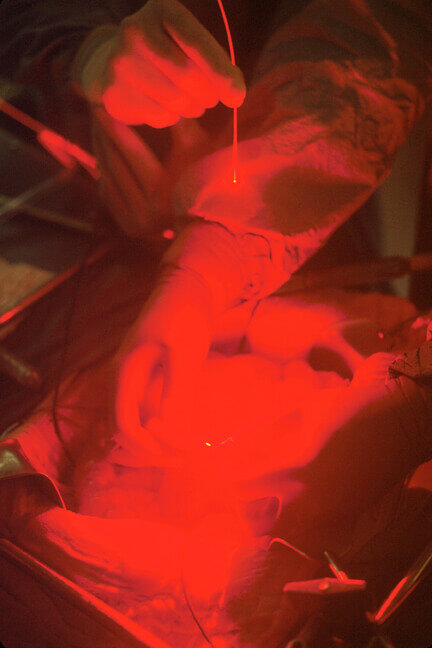Everything You Need To Know About Photo Dynamic Therapy

Photo Dynamic Therapy (PDT) is a form of treatment that has been used for over 30 years but is more recently gaining serious traction here in Australia. It's a type of light therapy that is best known for its ability to heal skin cancer.
PDT allows doctors to use less radiation in order to kill the cancer cells because it works by using a combination of photosensitising agents with natural sunlight or artificial light sources. This article will discuss what Photo Dynamic Therapy is and how it can be used in modern medicine to treat a wide range of ailments.
What is Photo Dynamic Therapy and what can it be used to treat?
Photo Dynamic Therapy is a type of light therapy that utilises photosensitising agents with natural sunlight or artificial light sources. It's an effective treatment for skin cancer because it can kill the cancer cells without destroying healthy tissue, but can also be used to treat other ailments such as acne, eczema and psoriasis.
At Shakespeare Medical, we also use a kind of PDT which involves applying a topical cream to the affected area of skin called MAL. MAL causes light-sensitive porphyrins in the skin to accumulate so that when the MAL is lit up by a source of red light, it causes a reaction in the skin cells which effectively treat the lesion.
What are the benefits of Photo Dynamic Therapy?
One of the biggest benefits of PDT is that it allows doctors to use less radiation in order to kill the cancer cells because it uses a combination of photosensitising agents with natural sunlight or artificial light sources.
It's also relatively convenient, usually being performed as an outpatient procedure over a short period of time. PDT can be repeated as necessary, and it's less invasive when compared to other treatments for similar issues, such as surgery.
What are the risks of Photo Dynamic Therapy (PDT)?
The biggest risk of PDT is its relatively high cost. In addition, some patients may experience side effects, though these are generally thought to be milder than side effects for many alternative skin cancer treatments. Side effects may include:
Light sensitivity in the skin and eyes for up to three months
Swelling or discolouration of the skin
Scales, crusts, or blisters
Unpleasant sensations including stinging and itching
Skin infections
What's the outlook for people who undergo Photo Dynamic Therapy (PDT)?
Generally, the outlook for people who undergo PDT is good. A study published in JAMA found that a single course of PDT showed treatment benefits for patients with multiple non-melanoma skin cancers. The therapy has also shown to be effective in treating a range of other ailments and lesions.
The recovery time for PDT compared to surgery is generally good, with most patients having to spend some time post-treatment indoors, avoiding bright lights and natural sunlight for a few months following the procedure.
Get in touch
If you're suffering from skin lesions or scars that don't shift, contact us at Shakespeare Medical in Mackay to discuss our MAL PDT treatments with Dr John Goldston or Dr Graeme Cumming.
